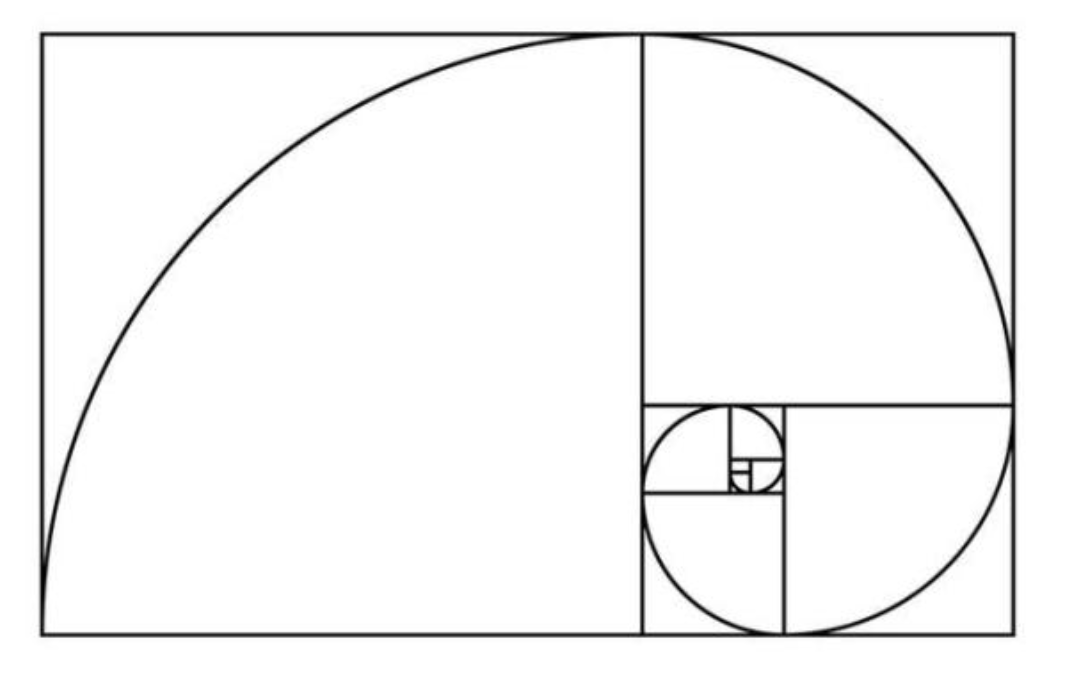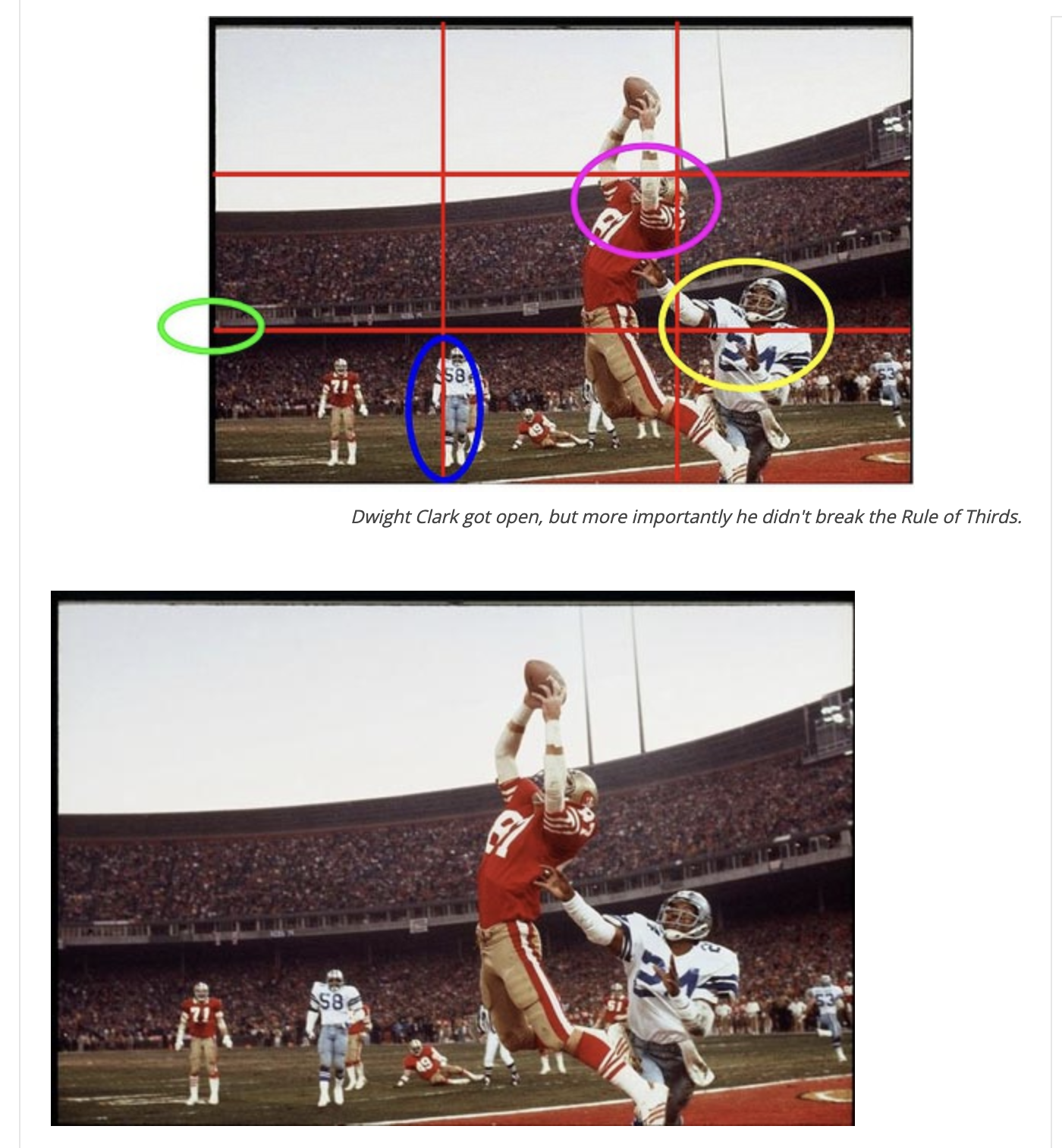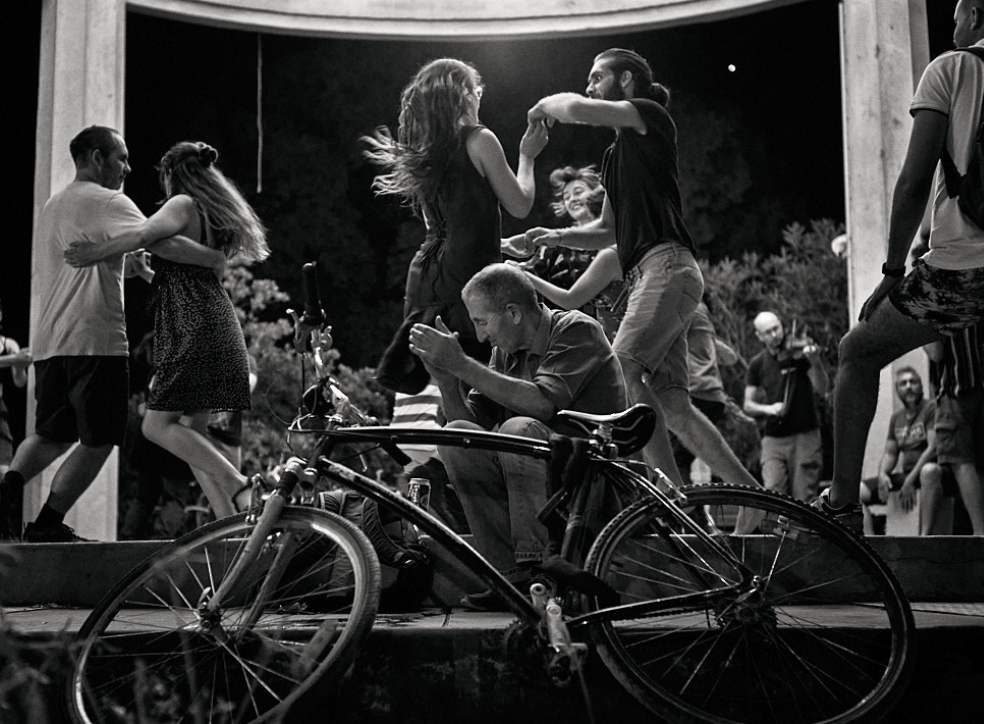Behind the Lens
Composition: The Definition con’t
[question I get asked alot: What software do I use to edit my photos?] I’ll start with a few that are well known and can be checked with Lightroom or Capture One Pro. I use capture One Pro for almost all of my work but Lightroom is a wonderful program and has more composition overlays so it’s a better option for compositional aid flexibility.
Let's start with the rule of thirds. It’s one of the easiest to learn and apply. It’s built into the display of most digital cameras and phone cams. It presents itself as a grid that annoys people that don’t know what it is. It lays across your image as a grid with two vertical and two horizontal lines. These section the image into thirds, going up and across.
The main idea is to place your points of interest on any of those lines and avoid the very center for placement of the main subject. Placement on the intersecting points is kind of extra credit. The idea behind this (and pretty much all the rules) is to give the brain a little workout.
The brain likes things to be easy. Once it’s figured out what’s going on it wants to move on to the next thing. Continuously looking at something when the brain is tapping its foot and wanting to move on is boring. With that in mind, the brain directs the eyes to certain points in any scene first. If it finds what it’s looking for there then it self satisfying wants to get on to the next thing. The points it sends the eyes to first are the center, and then to what is different. The center is obvious and what most of this is about but the concept of difference is interesting. If the image is predominantly dark then you will look at the lightest area first. Same in the opposite direction. Apply that to all sorts of things like color, quantity, focus etc. It’s built into us, don’t bother trying to change it. Understand and use it.
As for placement, when what’s most interesting isn’t in the center, your eyes start to wander. There are certain points in an image that seem to offer more visual tension and work the brain a bit harder (without it knowing it’s getting a workout) and that’s where the various placement guides come in.
You’ll eventually start to see the relationship in real time and place your subjects according to what you become most comfortable with. I started with the rule of thirds and then moved onto the golden ratio and finally to the golden spiral (also known as the Fibonacci Spiral). The golden ratio is basically the rule of thirds without dividing the image equally.
The Fibonacci Spiral seems impossible at first but with practice it becomes extremely useful. A quick story on the spiral. In the 80’s (when I was a kid) I saw a story about a cover of Sports Illustrated of “The Catch” . It was considered one of the best sports photos ever.
The question of course was why? It was a really good photo and it was hard to quickly look away from but again, why? The answer was Fibonacci. I had never heard of it or really cared since at the time I had zero idea that I would become a photographer. When the spiral was laid over the image, it was amazing.
Everything followed along the lines as if it were a painting and the photographer had time to place each element exactly in the perfect place. It was a single play in an NFC Championship game and of course the photographer (Walter Iooss, Jr.) reacted extremely quickly. He framed the shot as best he could given the speed it was happening.
Luckily as best he could turned out to be perfect in that instance. It could have turned out a lot differently and still have been a good shot but instead of good it was great. That is the importance of understanding composition. It can make good better and better great. You are still responsible for choosing the subject matter that gets composed. A bad subject with perfect everything else still won’t work of course. What is a good and bad subject is wildly subjective of course. That has no rules.


This article (or post if you prefer) isn’t intended to teach you how as much as why (with a little how sprinkled in). Why is always the most important question.
There is so much more to composition when you are interested and ready. It goes well beyond the simple guides I’ve mentioned, which are of great importance still. Let’s finish with a little assignment.
Put your favorite images into lightroom (since it has more options for composition tools) and cycle through the options. Don’t forget to invert them too since that is an option as well.
See if they line up with any of the tools, either perfectly or close (perfect isn't worth holding out for). Don’t stop thee. Crop into the image and see if you can get any of the other overlays to work.
You may find an image within the image you already like that is different and maybe even better. Once you get comfortable with the images you like (which may change in time btw) try images you thought didn’t make the cut.
Something in them made you take notice in the first place. It seriously is frequently in our subconscious. I reexamine images all the time and find relationships I didn't see at first. Cropping is our friend, embrace it.
The editors of Sports Illustrated did with “The Catch” and so have countless photographers and editors to refine amazing images over the years from good to great and great to legendary.

